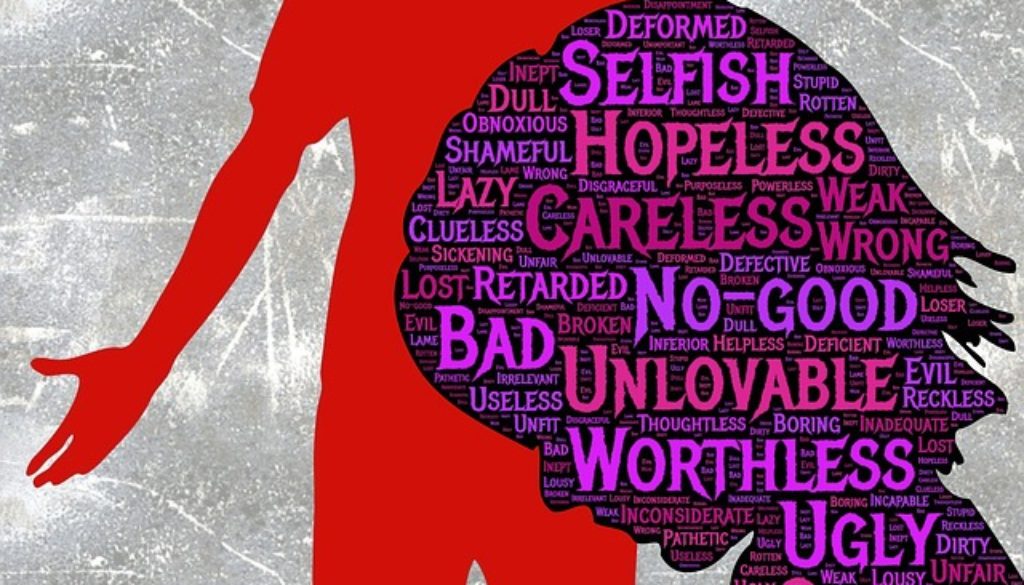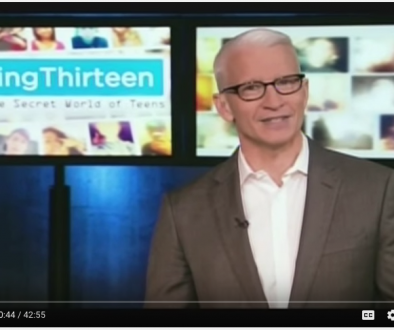Shame on You!
It is interesting to me how in one week I have read two articles, extreme in opposite of content; one about shaming children on social media, by Robbyn Peters Bennett in the Sunday, August 23, 2015, edition of Seattle Times and another from the writer Susan Sontag’s journal, “Don’t Reprimand Him Harshly”, published in the July/August 2015 issue of Reader’s Digest. Both articles speak to parenting skills; one highlights the most damaging form of discipline, public shaming by bully parents, the other, a mother’s eleven commandments on how to discipline her son, while respecting his personhood.
My favorite from Susan Sontag is number one: “Be consistent.” I had an informal discussion with a group of women who were mothers, grandmothers, and great-grandmothers, and unanimously all agreed that consistency was foremost in establishing authority with children. That is a concept easy to put down into words but hard to achieve. But, oh so necessary to establish a parent/child relationship. Not only are daily routines important for the child, but for the parent as well, to create boundaries and develop skills for children to learn to live in the world within and outside of the home.
The other question I had put forth to the group of women was, “How did you cope with temper tantrums?” An angry child in the throes of a fit can trigger hurtful words or harsh punishment from a caregiver. Children under the age of three are the most vulnerable for child abuse; this is the age when children have a compelling need to become independent, but no skills to negotiate. A parent often times ends up in an escalating war of words and wills; frustrated beyond endurance. You find yourself in a situation where you have lost authority and how do you re-establish it?
It is a critical time to show by example how to deal with a negative situation. In the best scenario, this is without resorting to physical punishment. In one instance a parent, pressed for time, had gotten into a habit of yelling at her child to turn the TV off, get your shoes on, let’s go! One day, after the threats did not work, the tantrum began when the TV was turned off, the parent stopped screaming back and said simply, “I am taking this mad and throwing it out the door. I don’t want to be mad at you.” She opened and shut the front door; took a step back. Her child did the same, with a little bit more drama. In that moment, both parent and child learned a coping skill; not always effective, but a stepping stone to better communications in a softer voice, and it broke a habit of negative interaction.
Another parent told of the nightly battle of the bath. One night the father simply scooped the child up, clothes and all, and both of them took a shower. Messy but efficacious. You do not have to give in to your child’s demands, nor use physical punishment to discipline a child to change the behavior.
Most of us agreed that the best and hardest thing to do is walk away (making sure the child is in a safe spot) and leave the erupting child to fizzle out; and always speak in a low voice, never labeling a child with words like ‘stupid’, ‘brat’, ‘disgusting’; it is the behavior you do not like, not the child. That is a big distinction, especially for older children, and basically anyone. I am not going to listen to you when you don’t like me.
There is a fine line between parental authority and bullying; shaming a child publicly crosses that line. The worst crime committed is when the parent uses shame as a weapon of choice and the worst example I can think of a bully is the parent posting a ‘shaming the kid’ on social media. Public shaming is not a new tactic, but posting it on the internet is condemning someone to a lifetime sentence; anyone posted on social media is there forever.
Shaming is wrong in any form, but especially in front of others; it is physiologically damaging and physically painful for anyone to feel the toxic effects of shame. One parent’s posting on YouTube drove a thirteen-year-old girl to suicide when her father made a video of cutting her “beautiful” hair off and scolding her. It is not cute, it is not funny, it is not effective. Perhaps the young girl knew better than her parents that what they had done is make her shame visible for the rest of her life—and the only way out for her was to have no life.
Our role as parents is to protect our children; our children should not need to be protected from us. Posting an image of shaming a child breaks a fragile line of trust between parent and child, and the consequences can be everlasting. In an interview with Michael Shaughnessy in 2010 for www.EducationNews.org, we discussed cyberbullying, and the consequences of posting inappropriate text and pictures that cannot be deleted. That compromised image of your child being shamed and posted on the internet stays in cyberspace forever—and can be seen by a college recruiter, a potential employer, or anyone doing a search for information on your child.
The whole thing about raising children is ensure they get to adulthood with skills to live on their own. So, it is by example that parents and caregivers show children how to behave and cope with the process of living. If you show respect for yourself and others, your child will know respect; if you disregard another’s feelings, especially with bully tactics, you will teach your child to be a bully. And that child will teach his or her children to be bullies….on and on and on….



